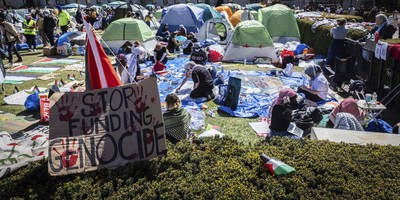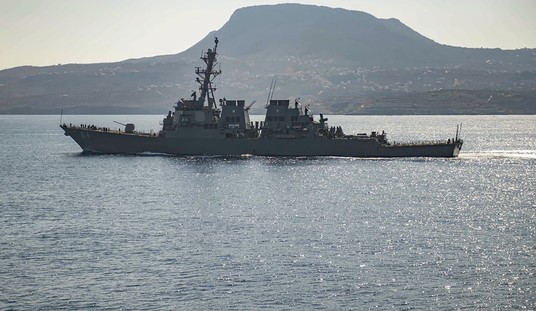Afghanistan: Special comment: This week Coalition forces commander General Allen said that only ten of Afghanistan's now 405 districts, in 34 provinces, are responsible for half of the violence in Afghanistan.
They are Sangin, Nowzad, Musa Qala, Kajaki, Nad e Ali, Nahr e Sarraj in Sangin Province plus Pol-e-Alam in Lowgar Province and Maiwand, Panjwai and Zherai in Kandahar Province.
Allen's list is not a metric of progress. For several years NightWatch published highly detailed evaluations of the insurgency, district by district and below. Four years ago, the only district that would not have been included in a similar list of the worst districts in Afghanistan is Pol-el-Alam in Lowgar Province. Districts in Ghazni, Paktia and Paktika Provinces would have been included.
Allen's list is an indictment of a failed policy and failed military strategy. Nothing has changed in four or more years. Nothing the US has done has reduced the volatility of the 12 or 13 Pashtun provinces in southern Afghanistan and the dozen or so districts that formed the heart of the insurgency.
UN surveys from 20 or more years ago reported that Pashtuns had deep and historic links to Pakistan and Iran. There were no jobs in Afghanistan so most Afghan men worked in adjacent countries. In the face of adversity, the men left to finda work and to return after conditions improved. This is information is easily accessible on the Internet.
It means people in border regions had long established "rat lines" leading outside Helmand, Kandahar, Lowgar and all the other border provinces. When US or UK forces moved in, the anti-government and anti-foreign Pashtuns moved on the rat lines to friends and family outside the areas of the US or UK surge. Now they have returned, after the western surge forces left. This is how Afghans have survived for centuries, whether the enemy was lack of rain or foreign invaders.
Recommended
Afghanistan, as a land-locked country, is a component of a multi-national economic and social system, with southern and northern regions demarcated by the Hindu Kush. No war can be won in Afghanistan without winning it in Pakistan, in eastern Iran, and the southern reaches of the "Stans." Alexander the Great apparently understood that better than all subsequent western generals who tried.
General Allen's comments are testaments to military failure, in detail by district, after more than a decade of spent treasure, dead American young soldiers and dead Afghan allies and civilians. The obvious conclusion is the US political and armed forces leadership does not know how to fight a counter-insurgency to a successful conclusion, as both India and Sri Lanka have.
It might have been wise to consult India and Sri Lanka about how to defeat an insurgency in South Asia.
Saudi Arabia-Iran: Saudi Deputy Foreign Minister Prince Abdulaziz bin Abdullah will attend the Non-Aligned Movement summit in Tehran in late August, Iranian Foreign Minister Ali Akbar Salehi said on 24 August.
Comment: It is difficult to understand how Saudi Arabia qualifies as non-aligned. Nevertheless, the Saudis will have a competent auditor of the proceedings.
Iran is more than willing to welcome a royal Saudi delegation because each delegation proves Iran is not as isolated as Secretary Clinton persists in claiming to an adoring press audience. Neither the Saudis nor the UN Secretary General pay much attention to the US Secretary of State on Syria.
End of NightWatch ###.
NightWatch is brought to readers of Townhall Finance by Kforce Government Solutions, Inc. (KGS), a leader in government problem-solving, Data Confidence® and intelligence. Views and opinions expressed in NightWatch are solely those of the author, and do not necessarily represent those of KGS, its management, or affiliates.
A Member of AFCEA International
























Join the conversation as a VIP Member